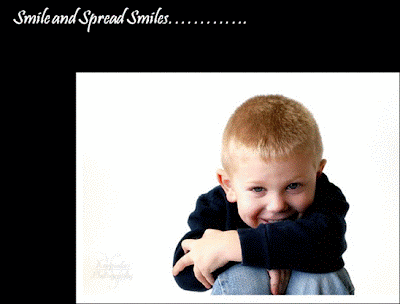
Science is built on reason; reason alone deals with externals. But wisdom involves the inner heart"
Modern Science recognizes the potencies of gems in their technological uses, such as the use of crystals in watches, computers and lasers. However, the subtle uses to cure disease, balance human emotions and infuse other potencies to the wearer, are looked at with skepticism.
Though science may explain the chemical structures of stones, it is as yet, unable to fully explain their power. Sometimes, as one author says, it is a matter of a greater consciousness or perspective, and sometimes acceptance of their power through individual experience. There are certain basic laws of the universe that are to be utilized, recognized and respected. The use of gems for many purposes—one of them being healing—have been chronicled since ancient times, in various cultures of the world, and therefore, their contribution to healing needs to be explored.
From time immemorial, Gemstones have been used by all cultures of the world. Their inherent beauty is second to no other material in the mineral kingdom. The word Gem itself, used in any context, denotes a superiority and indicates exquisiteness.
There are three kingdoms, as we know them—the Animal kingdom, the Plant kingdom and the Mineral kingdom; each has its own living power in existence. The mineral kingdom is the body of the earth, and all growth stems from it. The stones that we term as precious, are nurtured in its womb - sacred process - for centuries, before they are prised away to satisfy human need.
These stones are manifestations of life and light, colors, textures, vibrancy, transparency ... and each one of them has, sealed within itself, a small piece of the earth's secret ... its magic, mystic and mystery. Believed to be created from the elements of the earth and cosmic influences, the human connection to the mineral and plant kingdoms cannot be denied.
Gem therapy is not a new-fangled notion. There is evidence to show that the healing properties of gemstones were recognized as far back as the days of the legendary lost city of Atlantis. The ancient civilizations of May and Hebrew, the Far East and Native America have all evidenced the use of these earthy gifts. History records systemic mining in Egypt, over 7000 years ago, as well as in the Oxis valley of Afghanistan prove this.
The Vedas have the greatest wealth of information on the metaphysical and physical properties of Gems and their correct application. They are acknowledged as the authority on Gems - their description, potencies and prescription for effective use. According to the Vedas, imbalances may be set right either by wearing the appropriate gems against the skin or, using them as an ingredient to make medicines and potions that are taken internally.
Gems, it is believed, were worn by royalty, apart from the obvious adornment, primarily for their powers to influence the powers of nature, protect the wearer. According to the sages of ancient times, they were worn to divert negative planetary influences. Instructions on their usage are given in the texts of Guruda Purana and Jyotish. The Brihad Samhita, Sarngadhara Samhita and Susruta Samhita - in the section of Rasayana, talks of elixirs for a long and youthful life of a thousand years - also mentions healing with Bhasmas, by incineration of metals or minerals.
Gemstones react differently with different people, and people use gems for different reasons. It is imperative to understand, based on existing evidences, how these little nuggets of the earth wield so much power!









 Tanay Chheda said that he is excited and it is an amazing feeling to have won so many Oscars. In photos: Cast of 'Slumdog Millionaire', front left, Azharuddin Mohammed Ismail, Rubina Ali, Ayush Mahesh Khedekar, back left, Ashutosh Lobo Gajiwala, Tanvi Ganesh Lonkar and Tanay Hemant Chheda arrive for the 81st Academy Awards in the Hollywood section of Los Angeles.
Tanay Chheda said that he is excited and it is an amazing feeling to have won so many Oscars. In photos: Cast of 'Slumdog Millionaire', front left, Azharuddin Mohammed Ismail, Rubina Ali, Ayush Mahesh Khedekar, back left, Ashutosh Lobo Gajiwala, Tanvi Ganesh Lonkar and Tanay Hemant Chheda arrive for the 81st Academy Awards in the Hollywood section of Los Angeles.





































